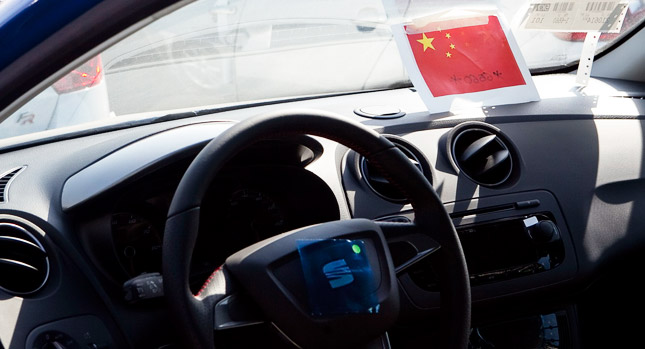In sharp contrast to almost every other mainstream European manufacturer, the VW Group is reporting record sales and profits. Whereas main rivals PSA Peugeot Citroen and its new partner Opel, along with Fiat and Renault all face the consequences of the Euro crisis, VW’s brands are doing better than ever thanks to the group’s successful global strategy.
The ever-growing Germans do have a thorn on their side, though: Seat, which is the sole money-losing brand in VW’s portfolio, having burned through €1 billion (US$1.24 billion) since 2008 and making a profit only once in the past decade.
“Seat is the undisputed black sheep in the VW family”, Ferdinand Dudenhoeffer, director of the Center for Automotive Research at the University of Duisburg-Essen and former PSA official told Reuters.
“It would be economically more sensible to close it down and use its facilities for other group brands. Skoda covers the same (small to midsize) segments and is a thoroughly reliable mass-market brand. Why bother keeping Seat”, he added.
Since 1986, when VW bought Seat, the German automaker has invested heavily in the Spanish brand. It built the Martorell plant near Barcelona with a capacity of 500,000 per year to build the new Ibiza and Toledo models. Yet currently, its output is just 345,000 units.
Seat, which employs 14,000 people, has been hit hard by the recession in the Euro zone. Even in its home market, car sales have been falling for the past two years as Spain, along with the rest of the Southern European countries has been hit hardest by the Eurozone crisis.
Nevertheless, pulling the plug on Seat, as Dudenhoeffer suggested, is not an option for VW. The German group is still committed to turning around its only ailing brand.
Two years ago, it implemented a cost-cutting program and from June 2011, moved production of the Audi Q3 compact SUV to Martorell alongside Seat’s models to utilize the plant’s capacity to its maximum.
Seat also places many of its hopes in the third generation of its C-segment offering. “The new Leon plays a decisive role in Seat’s growth strategy”, Manfred Kantner, head of the brand’s German operations, told Reuters. He said the car is based on VW’s new cost-saving MQB platform that offers great flexibility and the use of common components in small and midsize vehicles among VW, Audi, Skoda and Seat.
Yet the solution to the ailing brand’s problems may lie elsewhere: VW wants Seat to be less reliant on the troubled European market and expand in countries like Russia and China. In the latter, Seat has already opened eight dealerships that will be joined by seven more until the end of the year.
This course of action could very well be the best way to make Seat profitable. Research firm IHS Automotive estimates that it will increase global deliveries of Seat models up to 75.1 percent by 2018.
Coincidentally (or not…), this is the year VW aims to become the world’s number one car manufacturer overtaking both Toyota and GM.
PHOTO GALLERY










